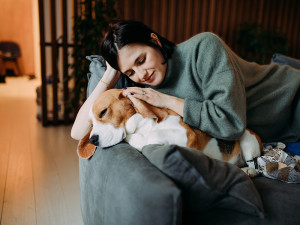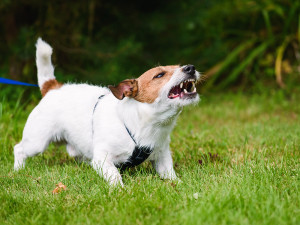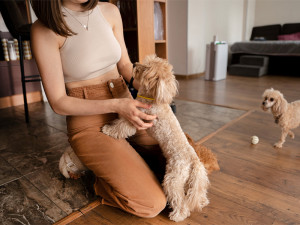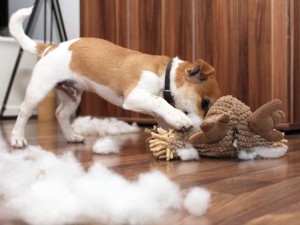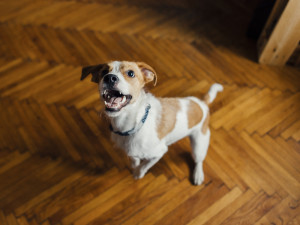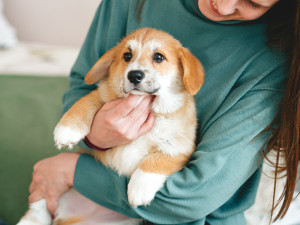Your Dog’s Food Aggression Isn’t Cute – Here’s How You Can Work On It
No longer associate feeding time with growling time
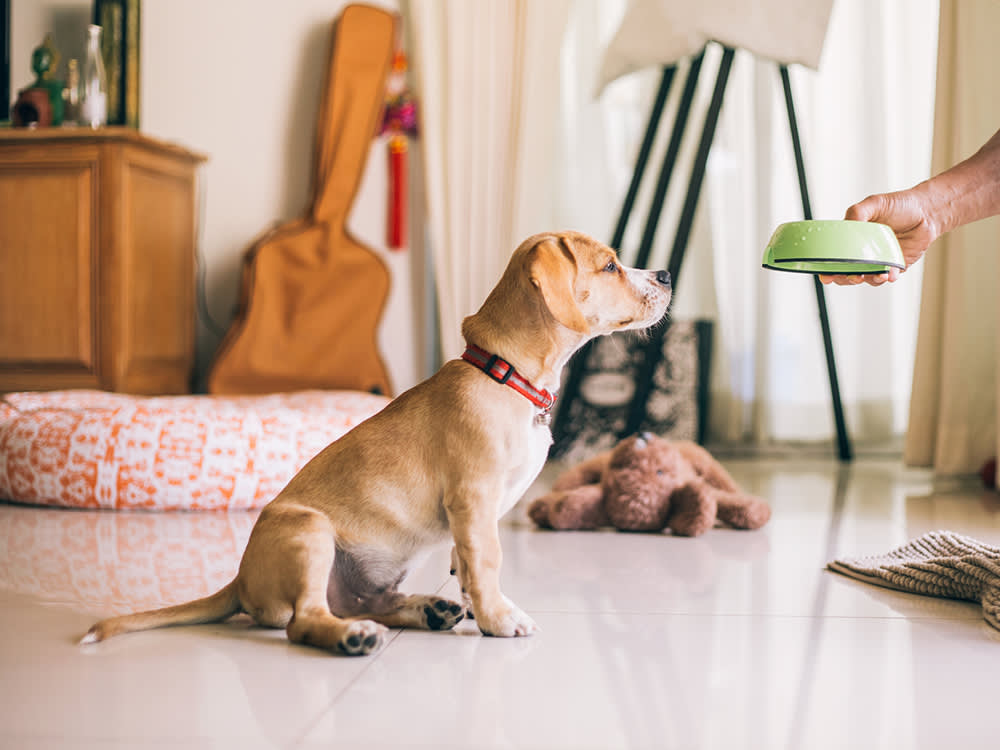
Share Article
Dogs are the best, but no one is perfect – especially when there’s a scrumptious piece of meat around. Some dogs growl, snap or bite when someone comes near their food. Known as food aggression, it’s a reaction that’s pretty common in dogs. It’s like they’re saying: “Hey! It’s mine! Back off!”
Food aggression in dogs can be a problem for humans because it increases your chances of getting bitten. The good news is, training can make your dog less likely to develop food bowl aggression. Here’s how.

Get (totally free) deals for food, treats, accessories, tech and way more pet parenting must-haves.
Why do dogs growl while eating?
Food aggression is a form of resource guarding in dogs, which is any behaviour that a dog displays to convince others to stay away from something they consider valuable. Resource guarding may include behaviours such as growling, tooth displaying, stiffening, frantic eating, glaring, snapping, barking and biting. Dogs commonly guard food, treats, bones and rawhides.
How to stop food aggression in dogs
You want your dog to feel happy when you approach them while they’re eating, and even when you reach towards their bowl or take it away. Dogs who are happy about your approach are not going to growl or snap to get you to leave. If you regularly walk by a dog who is eating and toss a treat to them, you are teaching them to anticipate a treat whenever you approach them at their food bowl. Once they learn that your approach predicts something good, they’ll be happy to see you coming.
Follow these steps:
To begin, walk by your dog as they’re eating and toss a treat without stopping. Do this only one to two times during any feeding session and don’t do it every time your dog is eating. Overdoing it can cause a dog to feel irritable, the same way you feel in a restaurant when a waiter refills your water glass after every sip.
If your dog begins to look up in anticipation when you approach, they are ready for the next step, which is to walk towards them, stop, toss the treat, and then walk away.
The step after that is to reach towards the bowl, toss a treat, and then walk away.
The last step is to pick up the bowl, put a few extra treats into it, and then give it back to your dog before walking away. It usually takes a few days to several weeks to work through each successive step.
This technique can prevent food bowl aggression. If your dog is already behaving aggressively around their food, or if at any point in this process your dog shows signs of aggression or tension (such as stiffening, growling, eating faster, hovering over the bowl, snapping or showing their teeth), stop and seek help from a qualified trainer or behaviourist.
The result of this process is a sentiment that’s a joy for me to hear: “My dog doesn’t growl over their food because I taught them to love it when I come near them during mealtime.”

Karen B. London, PhD, CAAB, CPDT-KA
Karen B. London, Ph.D., is a Certified Applied Animal Behaviorist and Certified Professional Dog Trainer who specializes in working with dogs with serious behavioral issues, including aggression, and has also trained other animals including cats, birds, snakes, and insects.
Related articles
![Dog with sleep startle reflex. Woman lays on her couch and gently wakes up her dog]()
Why Does My Dog Freak Out When I Wake Them Up?
‘Let sleeping dogs lie’ is more than just a proverb
![A woman sitting on a floor playing with her dogs.]()
10 Signs Your Dog Has Imprinted on You
This has nothing to do with a werewolf named Jacob in a series called Twilight, but here’s what it is all about
![White and brown puppy destroyed a stuffed toy]()
5 Ways to Stop Your Puppy From Ripping Up Their Toys
How to teach your dog to enjoy, not destroy, their toys
![Dog barking]()
How to Stop Your Dog From Barking
The top five reasons dogs bark – and how to help them to relax
![Woman comforting her Corgi]()
Tricks to Get Your Pup to Swallow a Pill
Five vet-approved techniques to make tablets go down easy
